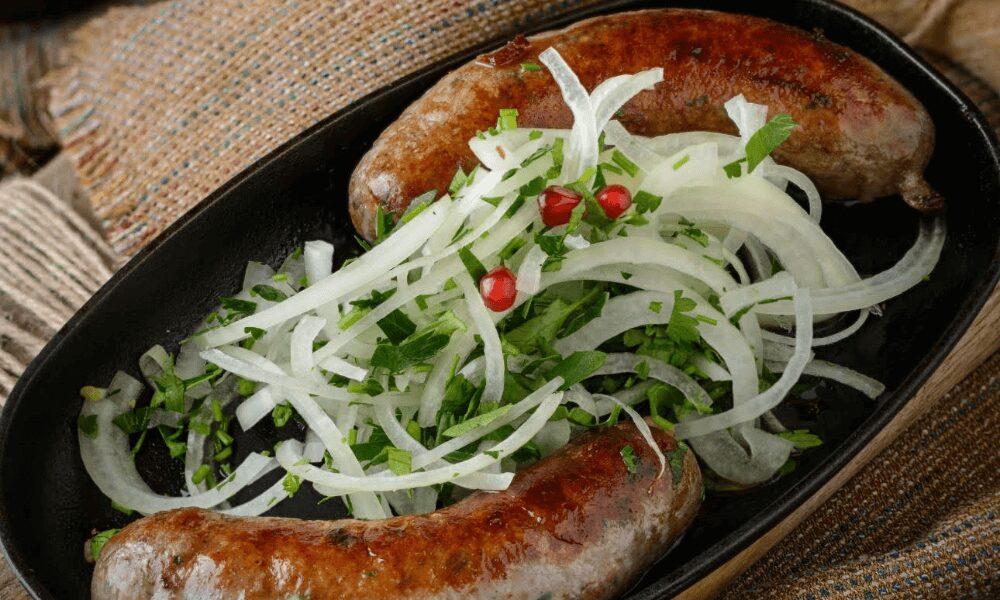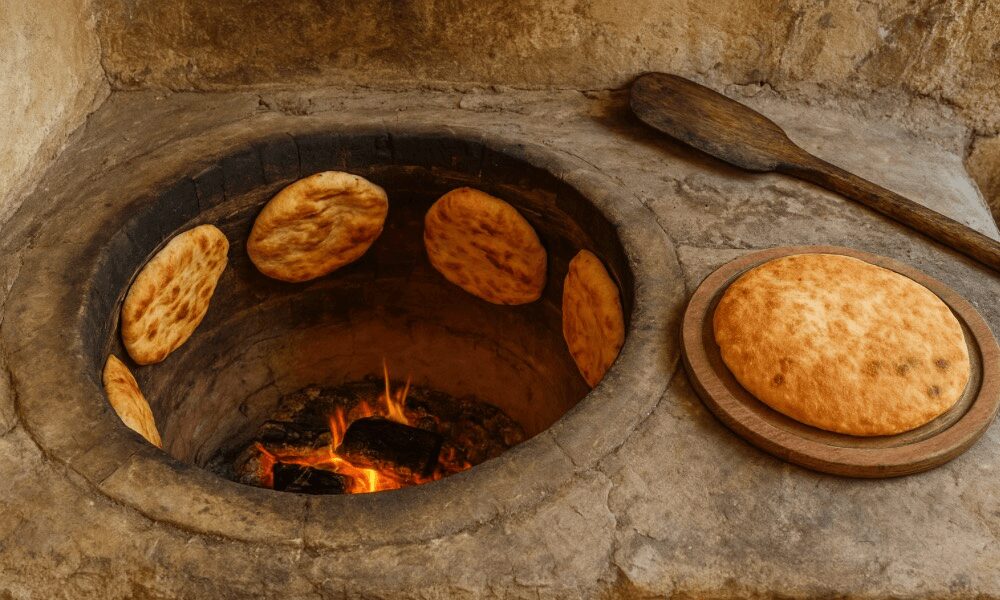
A Journey Through Armenian Cuisine: The History of the Bumbar Dish
Armenian cuisine is famous for its diversity and uniqueness, which are closely tied to the history and culture of the people. Among this vast collection of dishes, one particularly exquisite dish stands out – the bumbar, considered one of the cornerstones of traditional Armenian cuisine. This dish is mainly made with meat, often using lamb or veal. It is a flavor that cannot be found in any other cuisine, with its surprisingly balanced spices and traditional ingredients.
Bumbar
As a tradition, bumbar was especially prepared during significant holidays and family gatherings. According to Armenian traditions, preparing bumbar was seen not only as a cooking process but also as a way for the family to come together and spend time together. Bumbar has been one of the most beloved dishes of the Armenian people since ancient times. The main ingredients used in its preparation – meat (often veal or lamb), spices, and other additives – are distinguished by their uniqueness, making bumbar an irreplaceable component in the collection of delicious dishes. According to historical records, bumbar was initially prepared in Armenian villages. Its delicious taste, coupled with the fact that bumbar is made by an entire family, gives it a unique energy. The aroma, when it begins to spread throughout the environment, brings warmth and a sense of loving preparation. Thus, bumbar becomes a symbol of Armenian festive celebration and heritage.
Usually, bumbar is prepared by baking or frying.
Armenian Cuisine and Bumbar
Armenian cuisine reflects the history, lifestyle, and traditions of the Armenian people. It is rich in natural ingredients, each of which holds an important place in dishes. Notable are the lavash baked in a tandoor, soups made from yogurt, and stuffed grape leaves or cabbage rolls. Each dish has its own story, passed down from generation to generation, making Armenian cuisine not only food but also heritage.
Bumbar is not just a dish; it is a cultural element that tells the story of Armenian cuisine. This dish is linked to rural culture, where families would gather together to prepare and spend time together. It symbolizes the connection to the homeland and the Armenian people, both in the past and present.
In Armenia, bumbar is known to everyone, from the young to the old. Both the younger and older generations love it. Bumbar has the special quality of always feeling familiar, no matter where you are – whether in a village, city, or even abroad. This dish reminds Armenians of their homeland and brings families together.
The story of bumbar shows how a small dish can become a whole cultural heritage, tied not only to deliciousness but also to history and tradition. It is not just food, but also an occasion for gathering family members and friends, motivating each other. Bumbar is part of the rich history and culture of Armenian cuisine, which continues to live and evolve today. This dish is not only food but also symbolizes the joy and unity of the Armenian people, just like the process of preparing it.
Each portion reflects the love of the Armenian people for nature, simplicity, and authentic flavors. It is a dish that creates history around the table, flavored with harmony and recipes passed down from ancient times.
Thus, bumbar becomes not only an essential component of Armenian cuisine but also a dish that offers a completely unique taste experience and a deeper understanding of Armenian traditions.
If you haven’t yet tried bumbar, there’s no better time to taste it, as its flavor will excite all your senses, leaving unforgettable memories.






